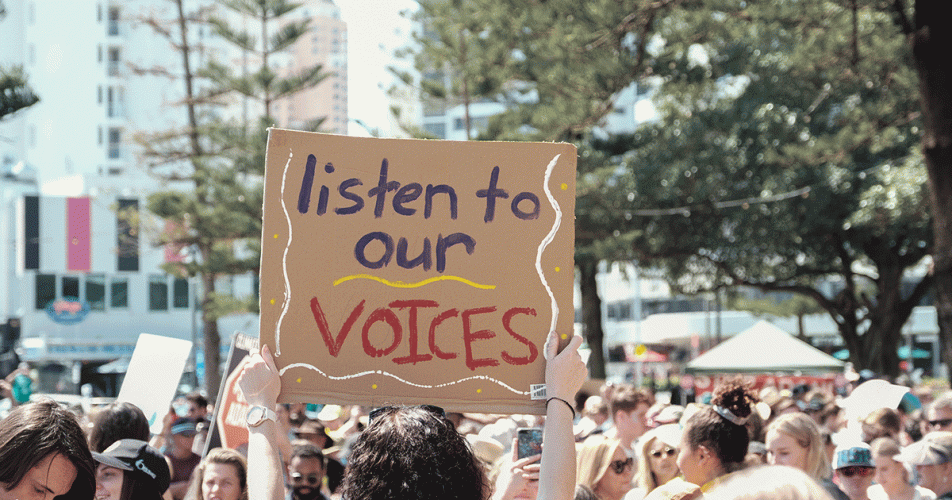Opinion: Voice to Parliament
This opinion piece was provided by Dr Elise Witter.

As I walk through the prison where I work delivering health care in Northern Queensland, an array of traditional languages ring out from the cell blocks. Prisoners dressed in standard green outfits and regulation black and white thongs converse animatedly in Wik, the first language of many from the Aurukun region, with several variants across the Cape.
It’s a harrowing reflection on the state of affairs for Aboriginal and Torres Strait Islander people, who account for 60 - 80 per cent of prisoners at this particular facility, and 32 per cent of all Australian prisoners despite representing only 3.8 per cent of the total population.
While other nations guard their precious historical artifacts and cultural heritage behind glass in museums, Australia locks the living breathing people representing at least six millenia of continued culture behind bars at almost ten times the rate of other citizens.
Disproportionate incarceration rates and deaths in custody are just one manifestation of institutionalised and systematic racism in Australia, reflecting the enduring legacy of dispossession, genocide and intergenerational trauma that has echoed from the first foot step taken onto these lands by colonialists.
Aboriginal and Torres Strait Islander people have poorer access to healthcare, lower life expectancies and nearly twice the rate of death by suicide compared to non-Indigenous Australians.
The government and community at large has tried and abysmally failed to 'Close the Gap'; many outcome domains proposed by the Closing the Gap Report, have in fact worsened over time.
These differences do not exist because of inherent differences or choices being made by First Nations people. They represent the failure of ethnocentric interventions that apply this deficit narrative to the people they oppress, rather than examining the shortcomings of the governing bodies imposing them and the biases contained within.
As a medical student, I attended a conference where Professor Chelsea Watego (nee Bond), a Munanjahli and South Sea Islander woman and prominent researcher in this area, spoke on a panel around the Closing the Gap Report. When asked about the persistent failures to achieve parity in Aboriginal and Torres Strait Islander people and non-Indigenous health outcomes, she made a poignant reply that has stuck with me ever since, “as a blackfella I aspire to wellness, not to whiteness”.
The problem is the goals themselves, and the fact they did not align with the goals and conceptualisation of health by First Nations People.
The solution is clear - we need to stop imposing interventions and hear the diversity of aspirations, experiences and solutions directly from First Nations people. In this context, the Uluru Statement from the Heart arose in 2017: a poignant plea crafted by 250 delegates that speaks to the “torment of their powerlessness”, and seeks to enshrine a First Nations’ Voice to parliament. It alludes to Makarrata, the coming together after a struggle, and the hope that their children will experience a better future.
More than five years later, we have yet again abysmally failed to deliver on this humble request and make genuine steps towards equity in political representation. The calling of the referendum on the Voice is a chance for Australia as a nation to amplify the voices of First Nations’ people that have been silenced for so long.
As health professionals, we are taught over and over again that the history taking, and taking time to listen, is the most important aspect of a consultation. We need to apply this principle to the referendum and vote yes to the Voice, and to the empowerment and self-determination of our First Nations people.
It won’t eliminate racism or erase centuries of disadvantage, but it will be an important step in turning the page and inviting the traditional owners of this country to author the next chapter.